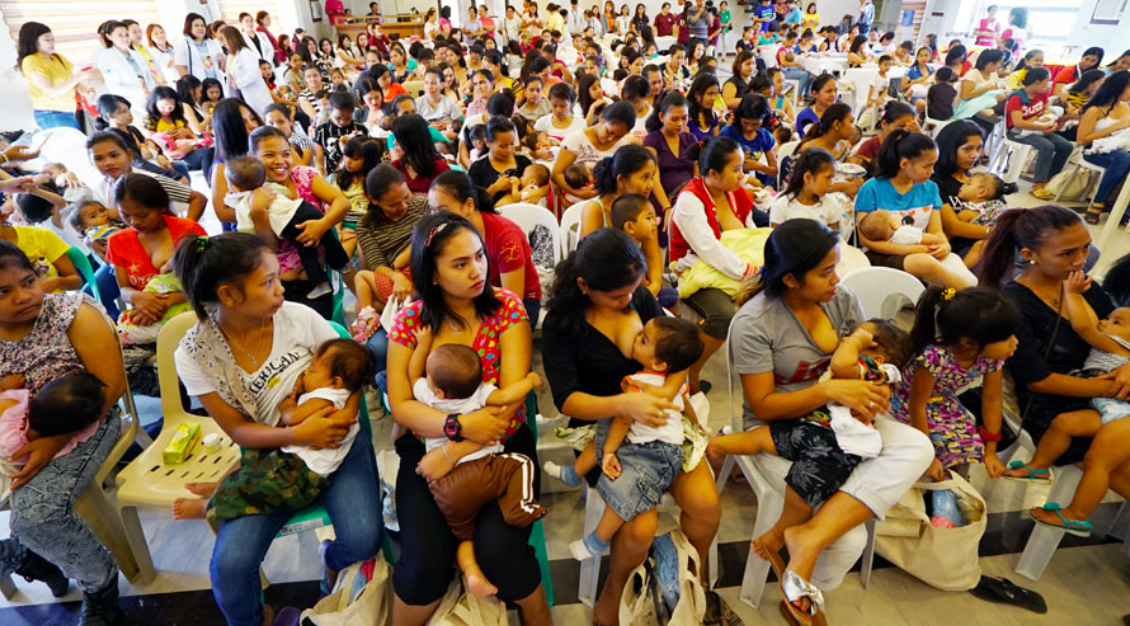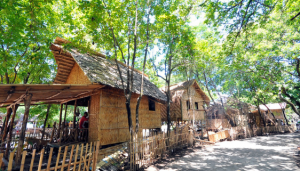A CITY councilor proposed establishing a Lactarium Davao to increase the supply of breastmilk for infants with mothers experiencing lactation insufficiency.
Councilor Richlyn N. Justol-Baguilod, committee on health chairperson, said the facility will be the first community-owned human breast milk bank to cater to babies aged 0-2 years.
During the Aprubado sa Konseho on April 17, Baguilod proposed an ordinance entitled “Davao City Human Milk Bank Ordinance,” which has already undergone three committee hearings.
“After the committee hearing, the City Health office is doing the review of the provisions, and after the review, it will be passed to the city council for second reading,” she said.
The lactarium will collect, screen donor mothers, process, store, and distribute the donated human milk.
The councilor shared that any patient can avail of the donor milk. However, it will prioritize service or private patients who are preterm, post-surgical, or critically ill newborns, infants in the neonatal intensive care unit whose mothers are seriously ill, and victims of emergency or disaster.
Baguilod said anyone may donate provided they are healthy, lactating, and capable of donating her expressed breast milk.
Possible donors will undergo screening interviews and physical examinations according to the guidelines set by the Department of Health under “The Philippine Human Milk Banking (Manual of Operation) 2013.
Mothers who have stored breast milk in their homes can also donate this to the milk bank provided it has been stored in a 2-door freezer for a period not exceeding 2 months.
As per the ordinance, mother donors will receive incentives whatever the milk bank sees fit.
“The incentive is yet to be established, but we are pushing for it to encourage more volunteers and lactating mothers to donate breastmilk,” she added.
The central milk bank will be located in a specific room in Sta. Ana Health Center.
Once approved, the lactarium will augment the supply of the Southern Philippines Medical Center.




